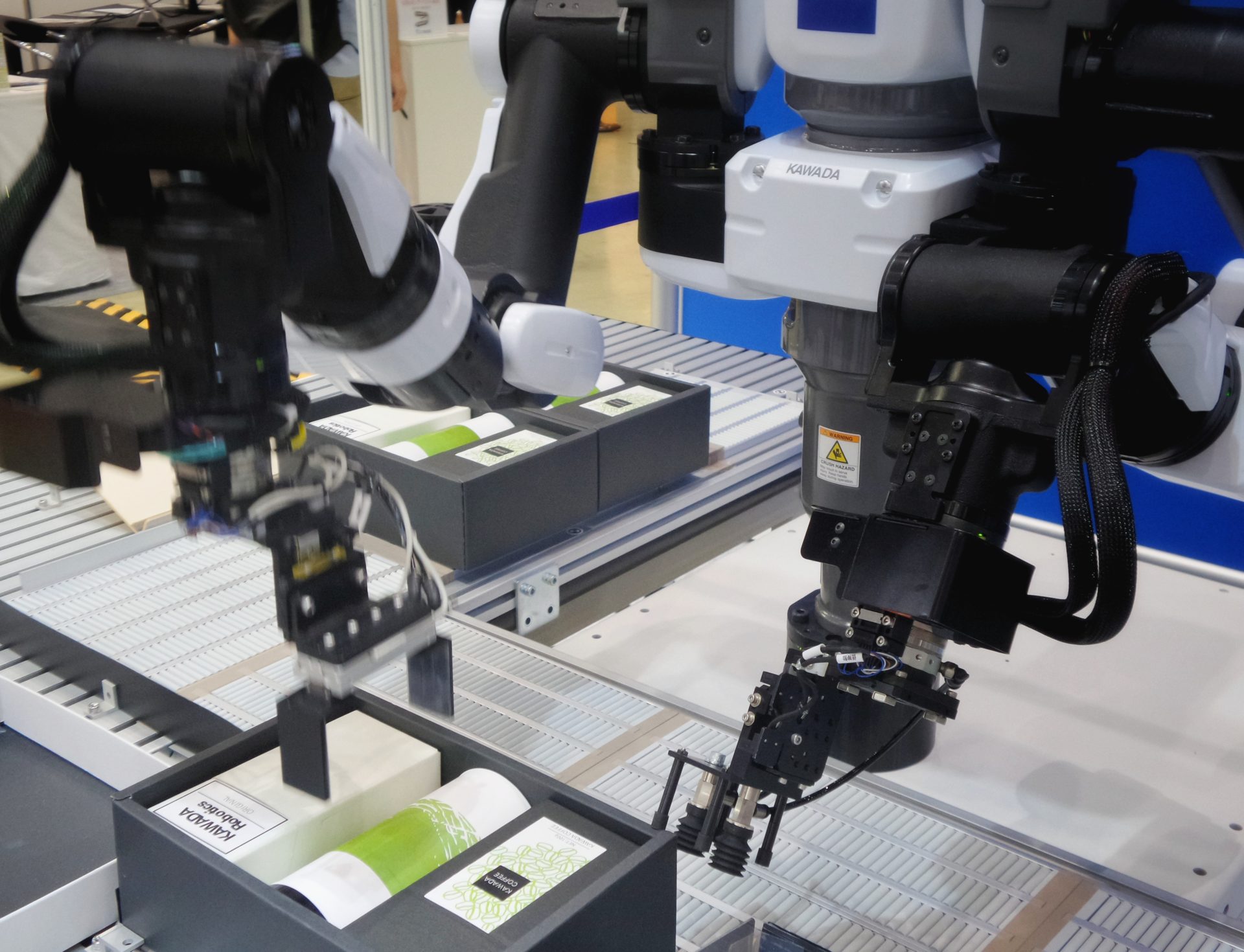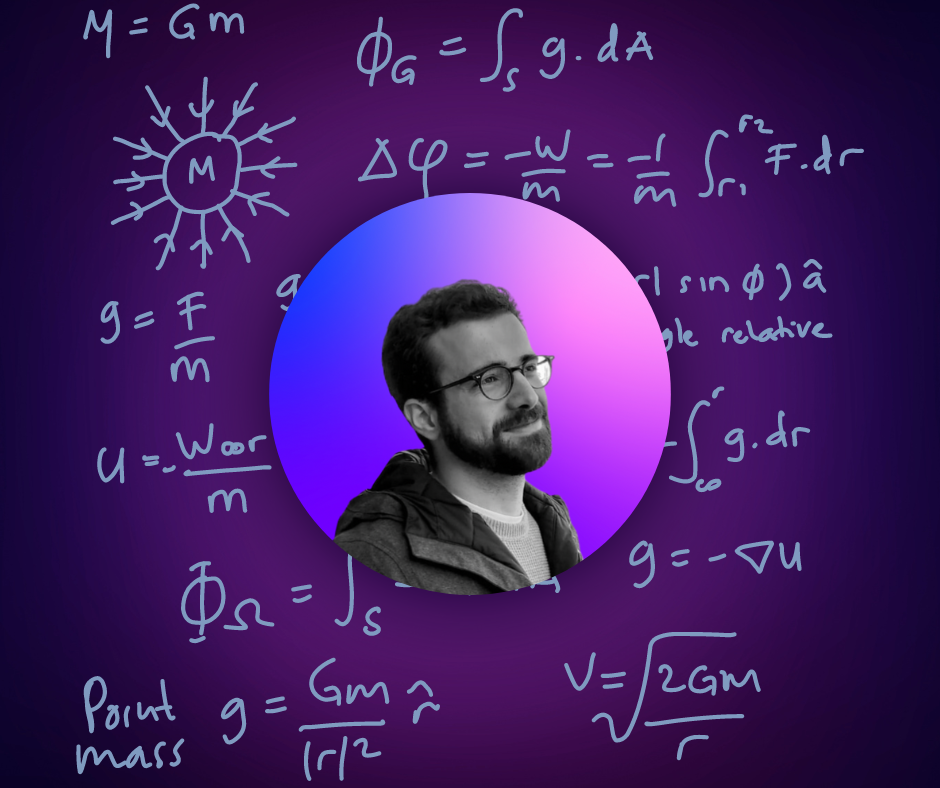Computer Vision vs Machine Vision
Find out the difference between Computer Vision and Machine Vision, and which might be best suited for you....

If you search the Internet looking for Computer Vision, it is quite likely that you will come into contact with the term “Machine Vision”. Why is that? How does it relate to Computer Vision?
Computer Vision and Machine Vision are widely used in everyday life and industries (e.g. manufacturing) alike. Only, they are both used for different purposes. So, what is the difference between the two?
What is Computer Vision?
Simply put, Computer Vision consists in enabling a computer to “see”, “interpret”, and “analyse” visual content. Visual content could be a photo, video or 3D model. More often than not, introductory texts on Computer Vision start with a curious anecdote.
Back in 1966, Jay Sussmann was an MIT undergraduate looking for a summer project. Professors Minsky and Papert assigned him a seemingly straightforward task: given an image, the computer should identify objects in it. Simple, right?
Fast-forward 56 years, the problem is still not completely solved, even though tremendous progress has been made. Software and hardware technologies are ramping up fast, and every day we are one step closer to understanding the immense depth of Mr Sussmann’s project.
Examples of Computer Vision
So, which technologies does Computer Vision fuel in 2023? Making a comprehensive list is unfeasible: every week, companies propose new applications and, to some extent, it is hard to keep track of what is going on in the field.
So, let us stick to well-known examples of Computer Vision only. Have you heard of Tesla’s self-driving cars? That’s the forefront of Computer Vision. Facial recognition on your favourite social network? That too. Medical imaging of sorts? You got it.
Let’s say you use your phone to take a selfie with some friends and decide to publish it on a social network. Usually, once you upload the photo, you are given the possibility to tag people. In fact, faces are automatically found and put in a box.
To do this, the algorithm behind the platform takes the image as input and outputs the same with highlighted faces. It doesn’t care about the hardware you used for the shooting.
What is Machine Vision?
As the name suggests, Machine Vision is closely related to machines. Roughly speaking, we want to give a machine, e.g. some kind of robot, the ability to “see things”. Here, the meaning of “see” is somewhat different from that we would attribute to the equivalent human ability.
Sure, the machine should detect orientation or calculate the number of objects. However, just as a computer outperforms a human in plain arithmetics, so a Machine Vision system should be able to measure objects to a higher degree of accuracy.
On top of that, a Machine Vision system comes with an inborn robotic flavour attached. There is almost always some dynamics involved, some movement of the machine.
Examples of Machine Vision
As Machine Vision is related to some mechanical apparatus, it is most often applied in manufacturing industries. Or, more generally, wherever some serious automation and engineering is involved.
Suppose you work for an industry that produces actual glass bottles. You are in charge of controlling that the glass is not chipped. Therefore, you should remove the item from the assembly line if you see any anomalies.
In a 19th-century production line, you would have visually spotted the defective item and manually removed it. Instead, in 2023, you can set up a system like this: a camera to retrieve images of items produced on the assembly line, a light to ensure appropriate illumination, a computer linked to the camera that analyses the picture, and a robotic arm to remove the faulty object.
Here, there is a strong interplay between hardware (camera, light and robot arm) and software (algorithms running inside the computer). One could not do without the other, and they must integrate seamlessly. This is a prime example of Machine Vision.
Computer Vision vs Machine Vision: what’s the difference?
The examples put forward tried to convey a message, perhaps oversimplified:
Machine Vision = Hardware + Software, Computer Vision = Software
In Machine Vision, software (the algorithms) and hardware (the mechanical parts) should integrate seamlessly and are most often accurately shaped on one another. Kinetic aspects of the apparatus are involved, and the machine is prompted to make fast decisions based on what it “sees”. For this reason, Machine Vision applies naturally to manufacturing industries.
Computer Vision, whilst it certainly fuels Machine Vision, also lends itself to many applications that do not require any robotic entity. It helps creatives and artists deliver better visual content, enhance diagnostics in hospitals or simply let us take neater pictures on our phones.
Why should you be interested?
The examples we provided were not meant to scare you off. Artificial Intelligence will shape the future; it would be plain wrong to treat it as some black-boxy, sci-fi technology meant for big companies. Many companies, from Google down to small enterprises, are leveraging the power of Computer Vision for their business.
Gemmo AI’s Role
At Gemmo, we aim to deliver Computer and Machine Vision solutions to SMEs: our goal is to use cutting-edge technology to automate your work and unleash the power of advanced infrastructure and algorithms.



